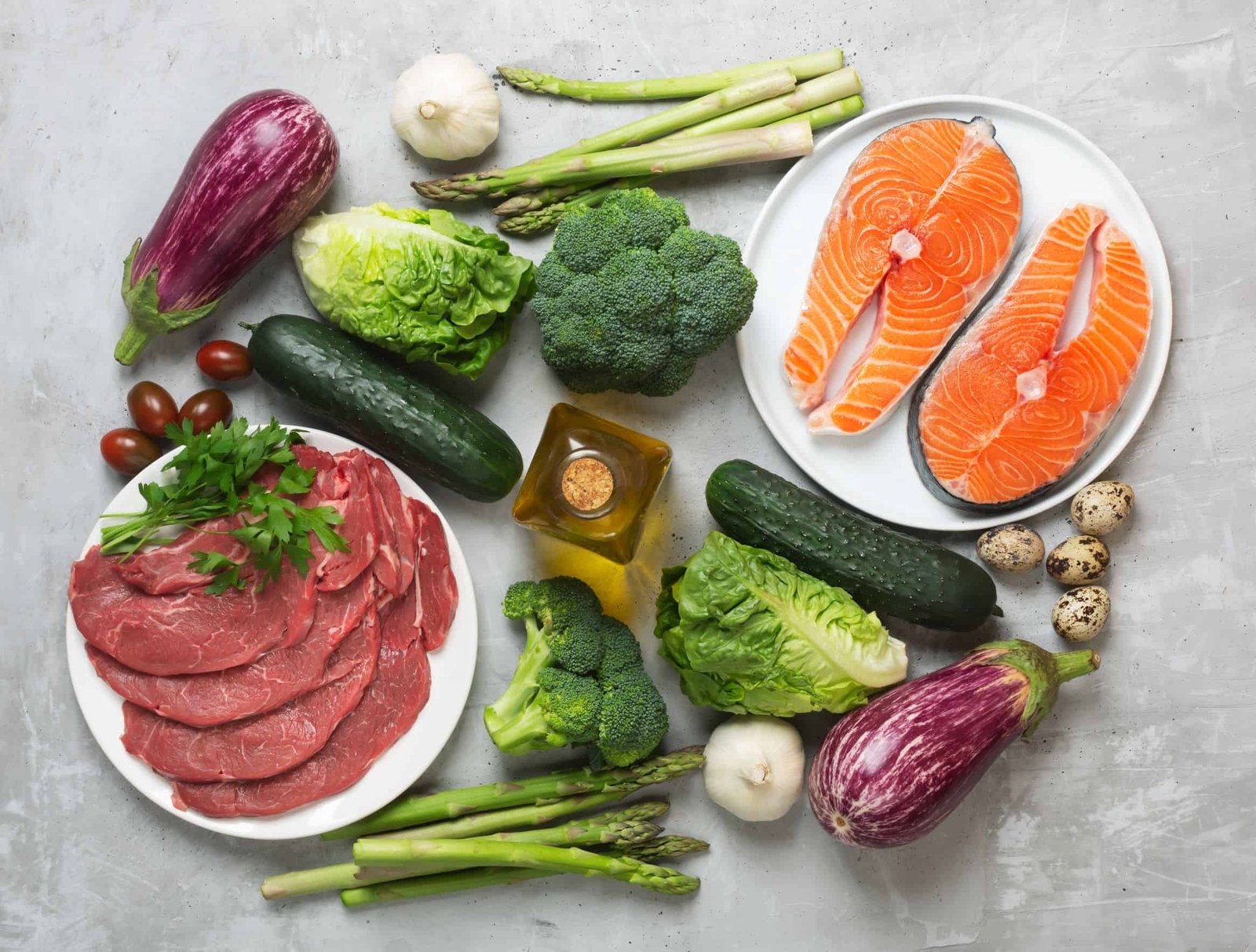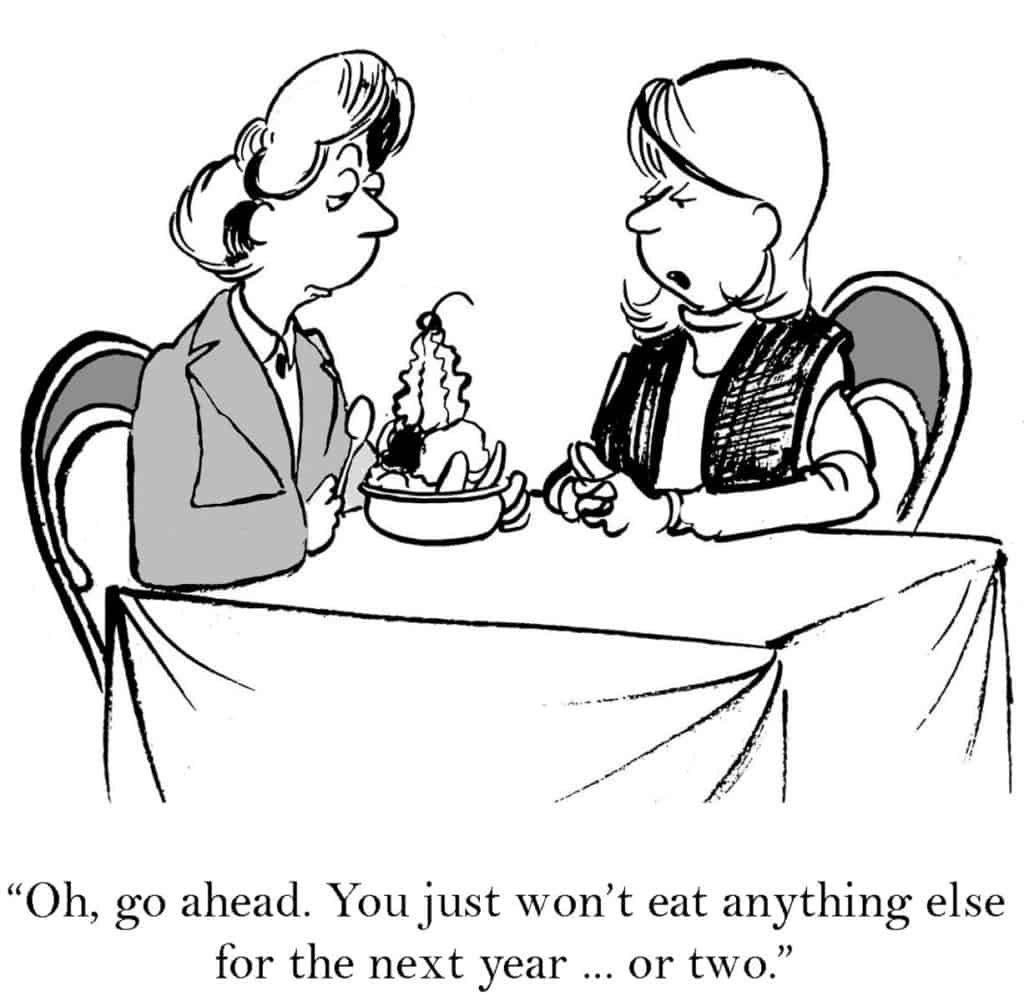
Table of Contents
The Atkins Nutritional Approach, more popularly known as the Atkins Diet, is a low-carbohydrate diet made popular by Robert Atkins in 1972. After using the diet methods to lose weight, Atkins wrote two books on the subject, Dr. Atkins’ Diet Revolution (1972) and Dr. Atkins’ New Diet Revolution (2002).
The second book is a more modern version and slightly different from the first because of the scientific progress made in the 30 years between them, but the original diet concepts remained the same.
What Is The Atkins Diet?

The energy molecule of the body is glucose, a simple sugar. The body metabolizes glucose into energy. The body refuels itself by eating foods like proteins, fats, and carbohydrates. In the Atkins diet, the body limits the intake of carbohydrates.
This causes the body to metabolize stored fats into energy instead of glucose. The goal of the Atkins Nutritional Approach is to restrict “net carbs,” or the total number of carbohydrates in food minus its fiber content. In essence, this keeps track of the number of carbohydrates you consume that significantly impact your blood sugar.
Other foods with high numbers of carbs that don’t have a large impact on blood sugar, such as fruits and vegetables, are okay to eat because they don’t cause weight gain.
This does not mean eating unlimited fruits, vegetables, or fatty cheeses and meats is okay. Instead of filling up on carbs, dieters should fill up on higher amounts of protein, fats, and healthy carbs.
How does the Atkins Diet work?
The Atkins Diet is broken down into 4 phases: induction, ongoing weight loss, pre-maintenance, and continued maintenance.
Induction
The most restrictive of the 4 phases is where the body switches from metabolizing glucose as energy to metabolizing the body’s fat stores. In this phase, the dieter is restricted to less than 20 grams of “net carbs” a day, calculated using the formula: the total number of carbohydrates – fiber content (for a specific food).
During induction, a good daily food intake is roughly 20 grams of “net carbs,” 150 grams or 18 ounces of protein, and over 100 grams of fat. Alcohol isn’t allowed in this phase, but caffeine is on a moderate basis. Induction is where the most drastic weight loss occurs, up to 5-10 pounds per week if the dieter is also exercising regularly.
Ongoing Weight Loss
In this phase, the amount of “net carbs” increases by approximately 5 grams a week. This small increase in carbohydrate intake will still allow weight loss to occur.
There are two main goals of this phase. The first is to find the foods the dieter can eat without causing cravings for sweets or unhealthy, high-carbohydrate foods.
The other goal is to find the “Critical Level of Carbohydrates for Losing.” This is the maximum amount of “net carbs” the dieter can consume without gaining weight.
Alcohol is allowed during this time but must not exceed the carbohydrate count. This stage of the diet continues until the dieter is roughly 10-15 pounds away from their goal weight.
Pre-maintenance
The key goal of this stage is to find the “Critical Level of Carbohydrates for Losing.” The dieter will add 10 net grams of carbohydrates each week until they hit this level.
This may take several weeks to find the optimal number of carbs. Once the dieter reaches their goal weight, it is recommended that they stay at the same level of carbohydrate intake for a month to see if they can maintain their weight. If they are still losing weight or beginning to gain weight, the daily intake of carbohydrates should change accordingly.
Lifetime Maintenance
This stage aims to maintain the weight loss achieved in the first three phases and carry over the healthy habits and make them part of their everyday life.
The Atkins Diet, when followed correctly, is a great and healthy way to lose weight. The eating habits learned during the diet are great to carry over into everyday life.
Even though there are restrictions on what is okay and not okay to eat, especially in the first two phases, once you find the foods that work for you, it is easy to get into a routine and succeed.
Atkins Diet Pros And Cons

Upon knowing this diet plan’s system, it is time to learn what makes this plan beneficial and what other effects make it debatable. Read on to learn the Atkins diet pros and cons that will help you decide whether or not you should follow this plan.
The Pros
1. Eat Fat, Lose Fast
It appears to be ironic how eating more fats can make you lose weight. But indeed, in the Atkins diet, that irony is effectively used. The consumption of high-fat foods such as steaks, butter, and bacon is actually encouraged here, unlike in other diet plans where these foods are a big no.
Protein-rich and fatty foods create a satiating effect, making you delay your next meal. Consequently, you tend to take lesser calories. However, the recent versions of this plan have regulated the specific amount of fats you should add.
Also, the Atkins diet is reported to have quick results. With this, you can lose weight faster. The induction phase, in particular, is the crucial part responsible for such rapid weight loss.
Most experts say slow and steady is the best and safest way to reduce weight. However, instant success motivates the ones following Atkins’s plan to stay on it and continue with the process. The rate of weight loss slows down as you go along the next phases.
In short, one thing that invites people to stick to this diet plan is that they get to lose weight fast while enjoying the hearty foods that other plans restrict. You see, the steak stays, and that’s one enough reason.
2. No Counting Of Calories
Monitoring the calorie intake is often done in weight maintenance, but it is also quite tedious and depressing. In the Atkins diet, you don’t need to count the calories of every meal you’re eating. You just need to limit the carbs without minding the calories. This helps you to save time and effort.
3. Healthy Carbs Only
Atkins is a low-carb diet, not a no-carb one. This means that you’re still directed to consume carbohydrates, but only the healthy ones, which they call good carbs or whole carbs.
These include green vegetables and berries that are rich in fiber. This is specially done in minimal amounts during the later phases of the plan.
Refined carbohydrates, such as pastries and white bread, are restricted. Several studies have shown that refined carbs may raise blood sugar levels.
They don’t only cause obesity and diabetes, but they can also stimulate the cravings for high-carb foods. That is why it is better to invest in whole carbs, as they reduce blood glucose and increase good cholesterol.
4. Easy and Structured Diet Plan
It is always more convenient if you are provided with clear guidelines, not just with regard to diet, but in all types of plans in general. The Atkins diet plan has been around for almost fifty years.
Thus, it has been changed and reformed to be more specific with the time and goal. Phase 1 lasts for two weeks, while Phase 2 goes on until you are 10 pounds nearer to your target weight.
The third phase’s span reaches up to four weeks of maintaining the achieved weight. The list of allowed foods per stage with portion sizes is defined clearly in the guidelines, too.
5. Reintroduce Without Regaining
If you successfully go through all the sacrifices of this diet plan, you’ll be able to avoid regain of weight. That is if you continue adhering to the rules, especially in the long run.
Although it provides instant results, Atkins is constructed for long-term use. But the good thing is that you can reintroduce certain foods slowly to your diet without regaining, as long as you control the amount and stay on the low-carb system.
The slow progress that comes after the induction phase is the thing that will keep your goal weight as it is. At first, you have to suffer from food separation, and then you can pick which food to add, according to the recommendations. Have proper control and be consistent, and then you’ll reap the desired weight loss without regaining.
The Cons

1. Energy Loss
Since you tend to limit the consumption of carbs, it’s no shock that you would feel unenergized. Carbohydrates are the prime sources of your body for energy that will keep you moving all throughout the day.
With insufficient levels of carbohydrates, especially during the induction phase, the body will resort to using the stored fats as a source. This is how the fats get broken down, and subsequently, you lose weight.
Reduced energy also affects your workout routines as you tend to have less endurance to complete them. You will find your usual exercises hard to uphold because your body is still adjusting from using fats instead of carbohydrates as energy. However, your energy levels will eventually normalize when you’re used to it.
2. Fruit And Grain Restriction
Throughout the Atkins diet’s early stages, you must avoid eating fruits and whole-grain products. This might cause nutrient deficiencies in your body, as it is a general rule to always eat fruit for your daily supply of vitamins and minerals.
However, in the later phases, you may already eat selected low-carb fruits in small amounts. For fruit lovers, this is bad news, and for vegans and vegetarians, this is not an ideal choice.
3. Possible Health Risks
There are several possible causes of acquiring health risks from doing this diet plan. One of which is the deprivation of healthy nutrients that are supposed to be taken from restricted foods.
Most fruits and vegetables contain fiber that aids in digestion, and the inadequacy of this can lead to bowel movement problems. The body may also be deprived of antioxidants that prevent cardiovascular diseases and cancer.
Also, consuming too much fat is linked to increased LDL or “bad” cholesterol levels. This diet plan is not advisable for those having kidney failure, and physician consultation is needed for people having other kinds of medications.
Furthermore, there is also a condition called keto flu that may be accompanied by headaches, rashes, constipation, and nausea. This occurs when your body tries to adjust to the low-carb diet and to the changes in eating plans. Nevertheless, the symptoms usually disappear after the induction phase.
4. Carbs Counting
Yes, you don’t need to mind calories in the Atkins diet, but you still count the carbs. Though there are many applications to make the process easier, it is still tedious, especially when eating out.
In restaurant menus, carb counts are not as common as that of calories. Some people find it too time-consuming to count carbs every time they eat.
5. Difficult To Maintain
Food separation is one reason it is hard to sustain restrictive diet plans like Atkins. High-carb food such as pasta, rice, bread, and pizzas can be found almost everywhere, more so if you eat outside. They can tempt you to break the rules of your diet plan.
In an Atkins plan, the start is the most challenging part since you are required to reform your diet instantly. Many cannot successfully do that, and some were even led to binge eating and gaining more weight instead.
Stick To The Plan
After discovering the Atkins diet’s pros and cons, you can now assess if this plan is right for you. Consistency and adherence is the key to successful weight loss. Therefore, it is important to stick to your chosen diet plan to achieve promising results.
However, you must consult your physician regarding this plan if you’re undergoing medications. Remember that a healthy lifestyle is not just about what you eat. It’s about how responsible you are with your body.






